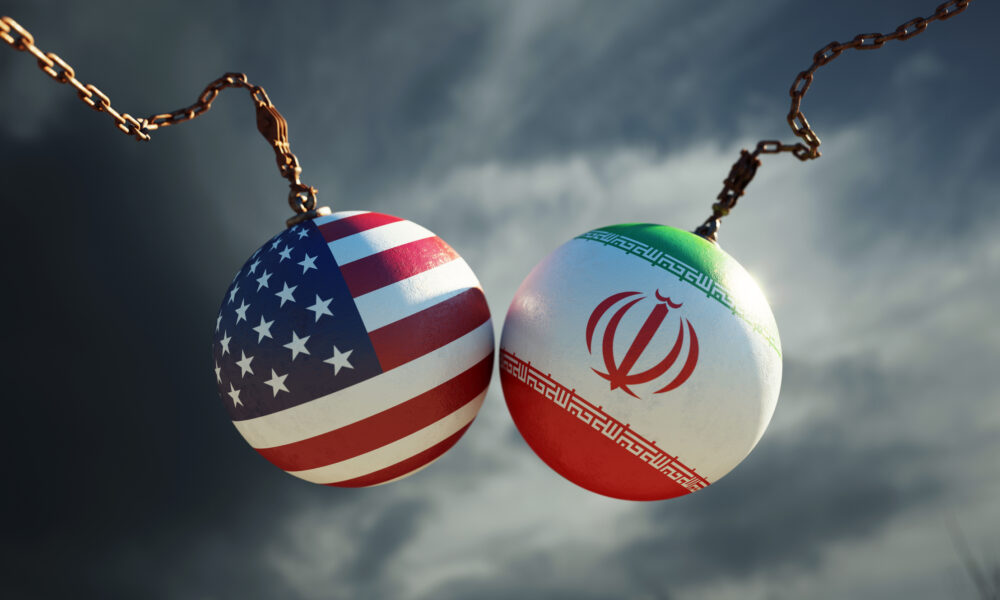Explainers
How Iran May Retaliate Following U.S. B-2 Bomber Strikes

The recent U.S. deployment of B-2 stealth bombers to strike Iran’s fortified nuclear sites represents a significant escalation in the ongoing Israel-Iran conflict. These precision strikes targeted critical facilities at Fordow, Natanz, and Isfahan, using bunker-buster bombs designed to penetrate deep underground infrastructure. The attacks have severely damaged Iran’s nuclear enrichment capabilities and marked the first direct U.S. military action inside Iran in decades.
Strategic Context and Impact of the Strikes
Israel’s sustained air campaign against Iran’s nuclear and missile infrastructure has already shifted the Middle East’s strategic balance, with Israel emerging as a dominant military power in the region1. The U.S. strikes using B-2 bombers have further intensified pressure on Tehran, degrading its nuclear program and eliminating senior commanders. This direct intervention signals Washington’s readiness to escalate beyond diplomatic and proxy engagements.
Iran’s leadership, including Supreme Leader Ayatollah Ali Khamenei, is reportedly in hiding amid fears of assassination, underscoring the gravity of the situation17. The strikes have also targeted Iran’s cyber capabilities, further disrupting regime control and internal security.
Likely Modes of Iranian Retaliation
1. Direct Missile and Drone Attacks on Israel and U.S. Forces
Iran is expected to intensify missile and drone strikes against Israeli cities such as Haifa and Beersheba, aiming to inflict casualties and damage critical infrastructure67. Given the involvement of U.S. forces and bases in the region, Tehran may also target American military installations in Iraq, Syria, Kuwait, Qatar, and the Gulf states5. These attacks would serve both as retaliation and a deterrent against further strikes.
2. Proxy Warfare Through the ‘Axis of Resistance’
Iran’s extensive network of proxy militias—including Hezbollah in Lebanon, militias in Iraq, Houthis in Yemen, and other groups—provides Tehran with asymmetric capabilities to strike U.S. and Israeli interests indirectly58. These proxies may launch rocket attacks, sabotage operations, or hostage-taking missions to pressure the U.S. and its allies without provoking full-scale war.
3. Cyber Attacks and Information Warfare
Following the targeting of Iran’s Cyber Police headquarters, Iran is likely to escalate cyber operations against U.S. military networks, financial systems, and critical infrastructure15. Cyber retaliation offers Iran a low-cost, deniable means to disrupt U.S. capabilities and signal resilience.
4. Disruption of Global Energy Supplies
Iran may threaten or attempt to close the Strait of Hormuz, a vital chokepoint for global oil shipments5. Attacks on commercial shipping or oil infrastructure in the Persian Gulf and Red Sea could raise global energy prices and exert international pressure on the U.S. and its allies.
5. Political and Diplomatic Maneuvers
Iran will likely seek to rally regional and international support by framing itself as a victim of aggression, while simultaneously refusing direct talks with the U.S. until Israeli strikes cease27. Tehran may leverage diplomatic channels to isolate Washington and gain concessions on its nuclear program while preparing for prolonged conflict.
Constraints and Risks for Iran
Despite its willingness to retaliate, Iran faces significant challenges:
-
Israeli and U.S. Air Defense: Israel’s Iron Dome and U.S. missile defense systems reduce the effectiveness of Iranian missile barrages36.
-
Risk of Broader Regional War: Tehran must avoid provoking Gulf states or NATO allies into direct conflict, which could overwhelm Iranian capabilities4.
-
Domestic Stability: Prolonged conflict and economic hardship risk internal dissent and weaken regime control1.
Conclusion
Iran’s retaliation after the U.S. B-2 bomber strikes will likely be multifaceted, combining missile and drone attacks, proxy warfare, cyber operations, and efforts to disrupt global energy routes. Tehran’s strategy will balance demonstrating strength and deterrence with avoiding full-scale war that could threaten regime survival. The United States and Israel remain on high alert, anticipating sustained Iranian responses while seeking to prevent escalation beyond the current conflict.
Summary Table: Iran’s Potential Retaliation Strategies
| Retaliation Method | Description | Targets | Challenges |
|---|---|---|---|
| Missile and Drone Attacks | Salvos against Israeli cities and U.S. bases | Israel, U.S. military sites | Air defenses, escalation risk |
| Proxy Militia Operations | Rocket attacks, sabotage, hostage-taking | U.S., Israel, Gulf allies | Proxy control, blowback |
| Cyber Warfare | Attacks on U.S. infrastructure and networks | U.S. military, financial systems | Attribution, retaliation |
| Energy Supply Disruption | Threats or attacks on Strait of Hormuz, shipping | Global oil routes | Global economic backlash |
| Diplomatic Efforts | Political isolation of U.S., refusal of talks | International community | Limited immediate impact |
The coming weeks will be critical in determining whether the conflict escalates further or if diplomatic efforts can be revived amid rising tensions.
Sources:
Washington Post1, Reuters2, IISS3, Al Jazeera4, Newsweek5, Testbook6, Vanguard7, CSIS8 (June 2025)